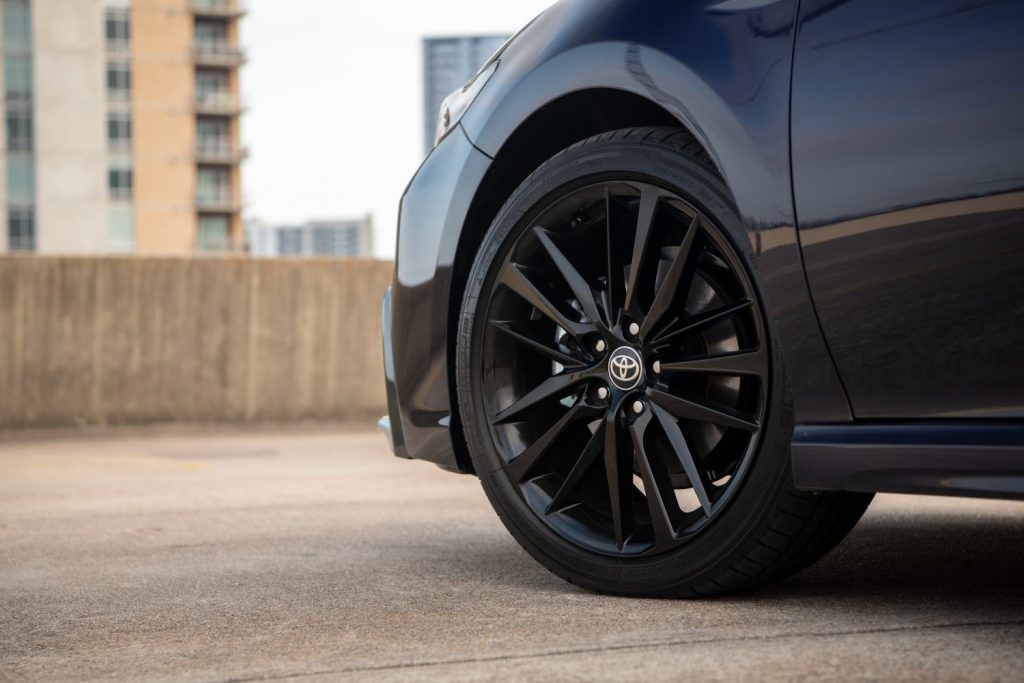If you’re looking for a mid-size sedan that can safely tote around your family in comfort and style, then the Toyota Camry is a good choice. In its current generation, the Camry has seen a bevy of upgrades including a more aggressive look and tech-savvy features. But for the forthcoming 2022 model year, the Toyota Camry will receive a little more in the form of a new trim level and a new color.
What are the changes for the 2022 model year?
According to Motortrend, the 2022 Toyota Camry will remain mostly unchanged as it just underwent a mild styling refresh for 2021. This means that the Camry will still be anchored by the base LE trim, but it will also come in higher trims that are value-packed with features. There’s no official word from Toyota about all of the forthcoming Camry’s specs, but it should carry over a lot of the same stuff like the current model.
For instance, Kelley Blue Book reports that the 2022 Camry will likely be powered by the same four-cylinder engine as the current model, in addition to having the option of a more potent V6. The Camry Hybrid will stick around as well, however, it will have a new trim level.
The Camry Hybrid is going goth

Get out your black nail polish and lipstick because the 2022 Toyota Camry Hybrid will be adding the goth-like Nightshade Edition to its trim-level lineup, according to Torque News. For those keeping score, the Japanese automaker currently has five different Nightshade Edition models in its lineup, so the Camry Hybrid will be the sixth.
Again, there’s no official word from Toyota yet about the specs on this particular trim level. However, we can take an educated guess and say that it will likely come in black, white, and silver, just like the other Nightshade models. But that’s not all, accompanying the neutral, but edgy paint palette will most likely be darkened features like black wheels, black trim, and black badging. We can’t blame Toyota for adding this (kind of) new trim level as it adds a nice contrast to the Camry Hybrid’s comfortable and fuel-efficient demeanor.
The new paint color is a little more colorful
To top things off, the 2022 Camry will also be available with a new paint color, Torque News also reports. In its current form, the Camry can be dressed in nine different solid colors and four color combinations with black accents and contrasting rooftops. However, the word around the campfire is that the 2022 Camry TRD will also be offered in Calvary Blue.
If you’re not familiar with this special hue, then just know that it’s a muted light blue color that can be found on the Tundra and on the FJ Cruiser. So for Toyota fans, it’s kind of a special thing. Nonetheless, it’s a good-looking color that should contrast well with the Camry TRD’s sporty look. We just wish they went with something a little more vibrant, like the Nitro Yellow color that can be found on the Supra.
RELATED: The 2022 Toyota Prius Nightshade Edition Shows That Black Is the …
The post The 2022 Toyota Camry Will Have an Edgy New Trim Level appeared first on MotorBiscuit.



